When people first observe a platypus, they often find this peculiar creature amusing, whimsical, and downright bizarre. Originally hailing from Australia, this mammal sports an appearance that suggests an amusing combination of a duck and a small mammal. It’s this delightful fusion, topped with the curious ability to lay eggs, that contribute to the platypus’ uniqueness.
Why is the Platypus So Unique?
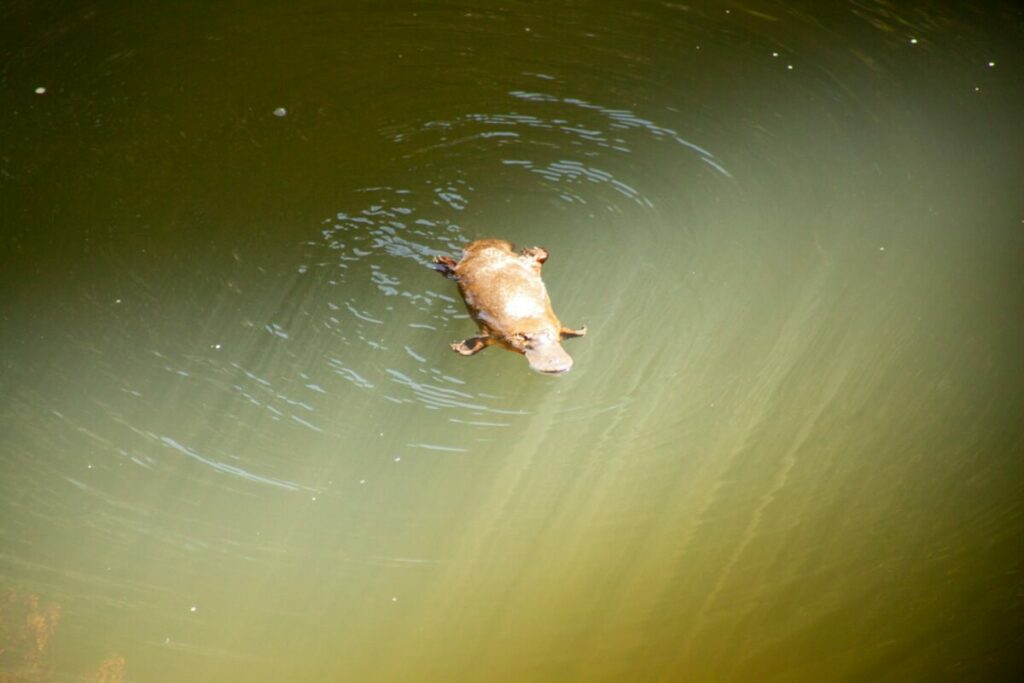
Characterized by a certain charm, these mammals are usually brown with a shimmering silver underbelly. They possess a smattering of fur below their eyes and under their ears. The adorable bills, albeit not sturdy, contrast with their small, webbed feet that make them excellent swimmers. A fascinating feature of male platypus that stands out is their ability to produce venom. Thanks to a distinct spur on their rear leg, these creatures can deliver a venomous sting, causing intense physical pain.
The Sturdy Tail that Stores Fat
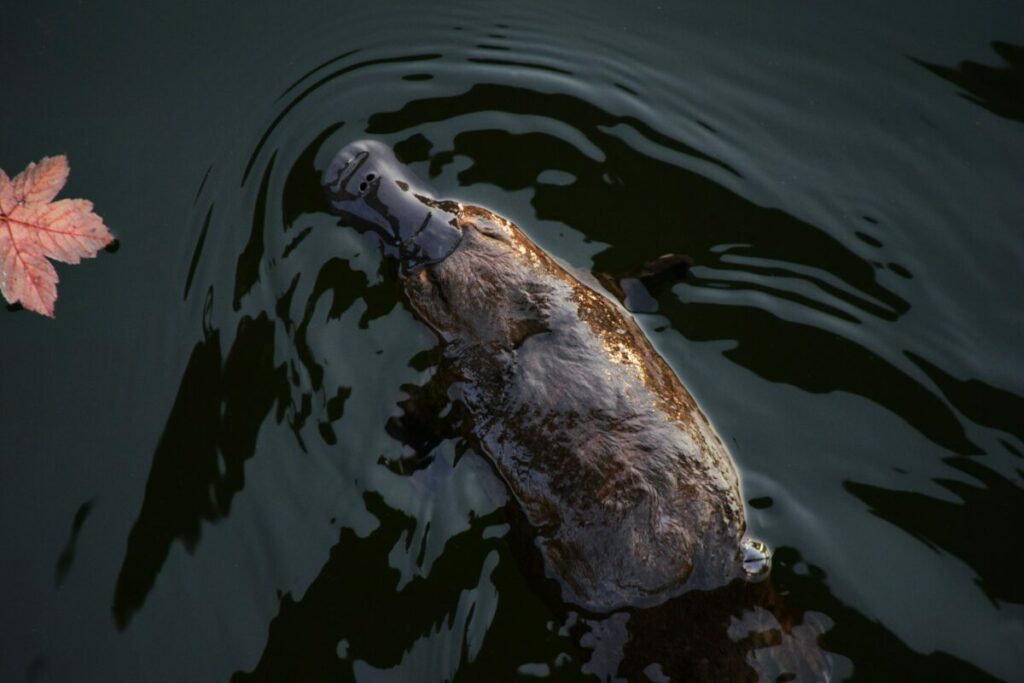
Apart from their distinguishing features, another intriguing platypus fact includes their broad, long tails. These prove vital for swimming and doubles as a storage point for fat.
Their Natural Habitat and Diet
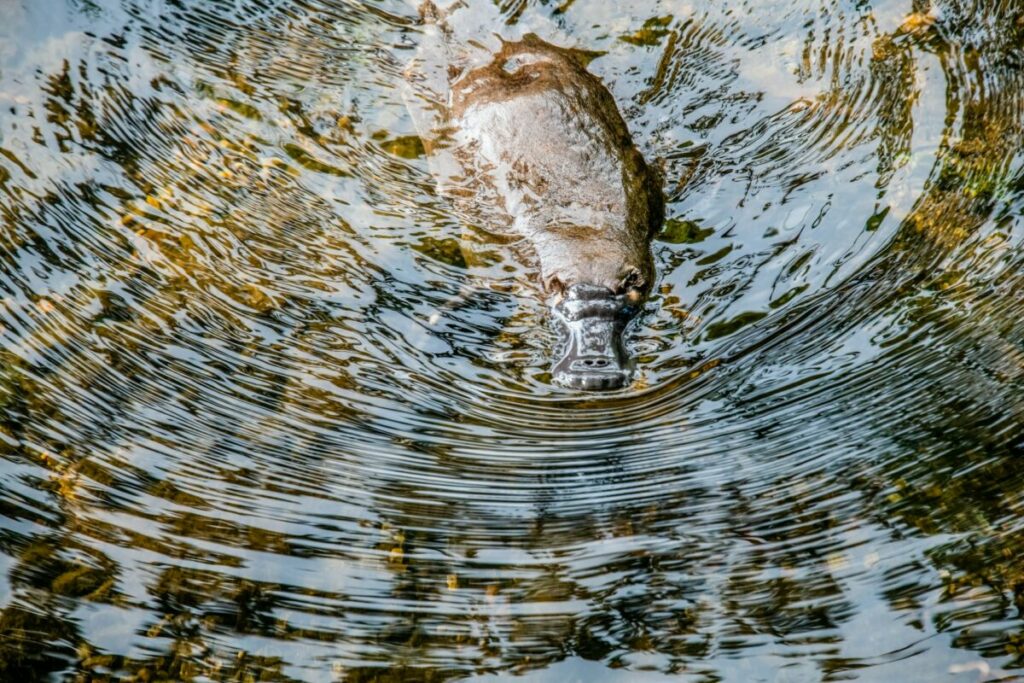
In Australia, they predominantly inhabit rivers, lakes, and streams. Platypuses enjoy feasting on invertebrates found at the bottom of water bodies. Their flexible bills, highly sensitive, function as an excellent tool in their food hunt.
See Related: Exploring the Mysterious and Unique Platypus Habitat
The Platypus Hunting Technique
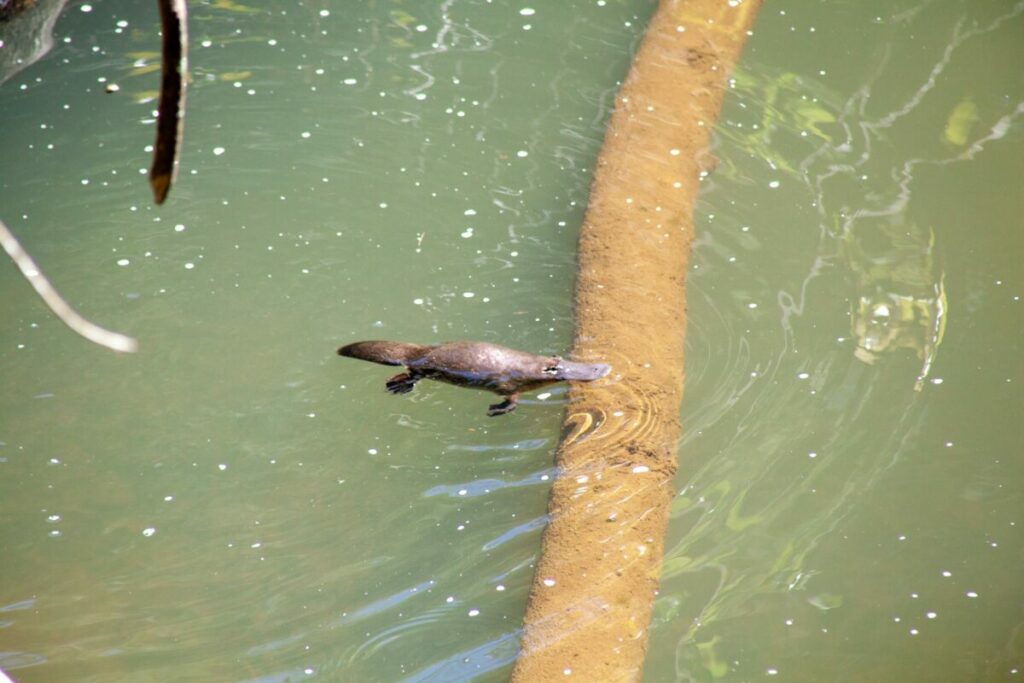
These solitary creatures spend considerable time in the water since they are excellent divers. They close their eyes, ears, and noses when diving and have the fascinating ability to store their food in their cheeks. Once they reach the surface, they regurgitate the food, sort through it and then indulge in their meal. It’s a unique part of an impressive collection of platypus facts.
- Water-proof fur, resembling a shimmering brown coat
- Their bill, which is sensitive and helps in locating food
- The ability to close their eyes, ears and nose when diving deep
- Webbed feet, providing excellent swimming skills
- Impressive storing food skills via their cheeks
Parental Care in the Platypus World
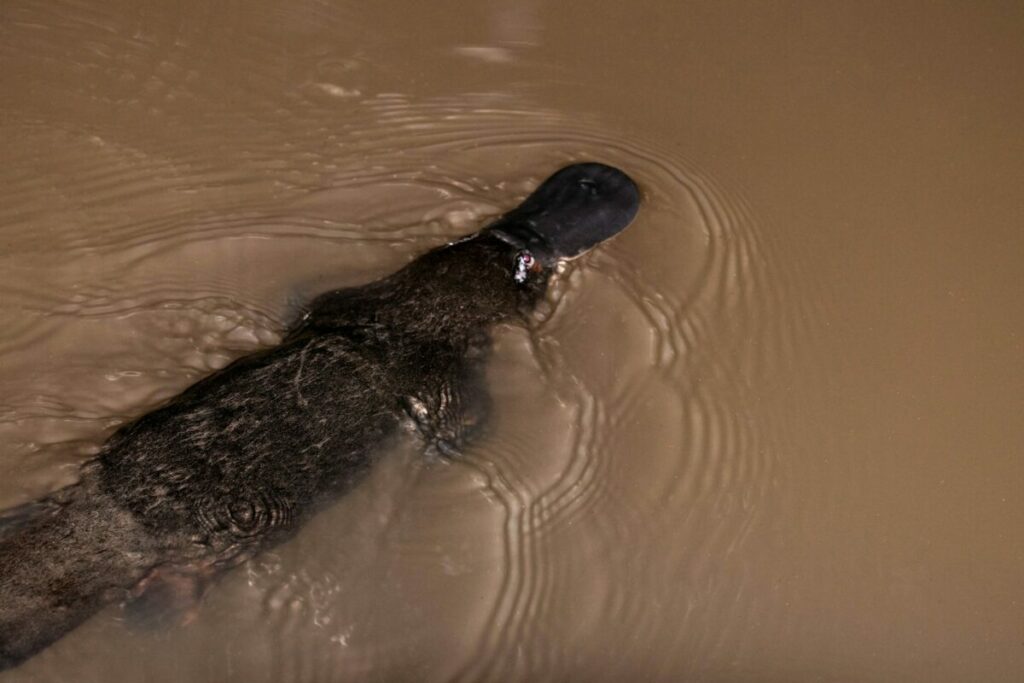
Enthralling platypus facts extend to the babies. Mothers nurture their young ones with great care. However, unlike mammals, platypuses don’t have nipples. Instead, they have glands that secrete milk onto the ground for the babies to consume.
To summarize, learning about platypus facts can be educational, enjoyable, and enlightening. Indeed, a closer glance at their life reveals a heap of surprises and oddities. From their duck-like bills to beaver-like tails, each element underlines the uniqueness of being a platypus.